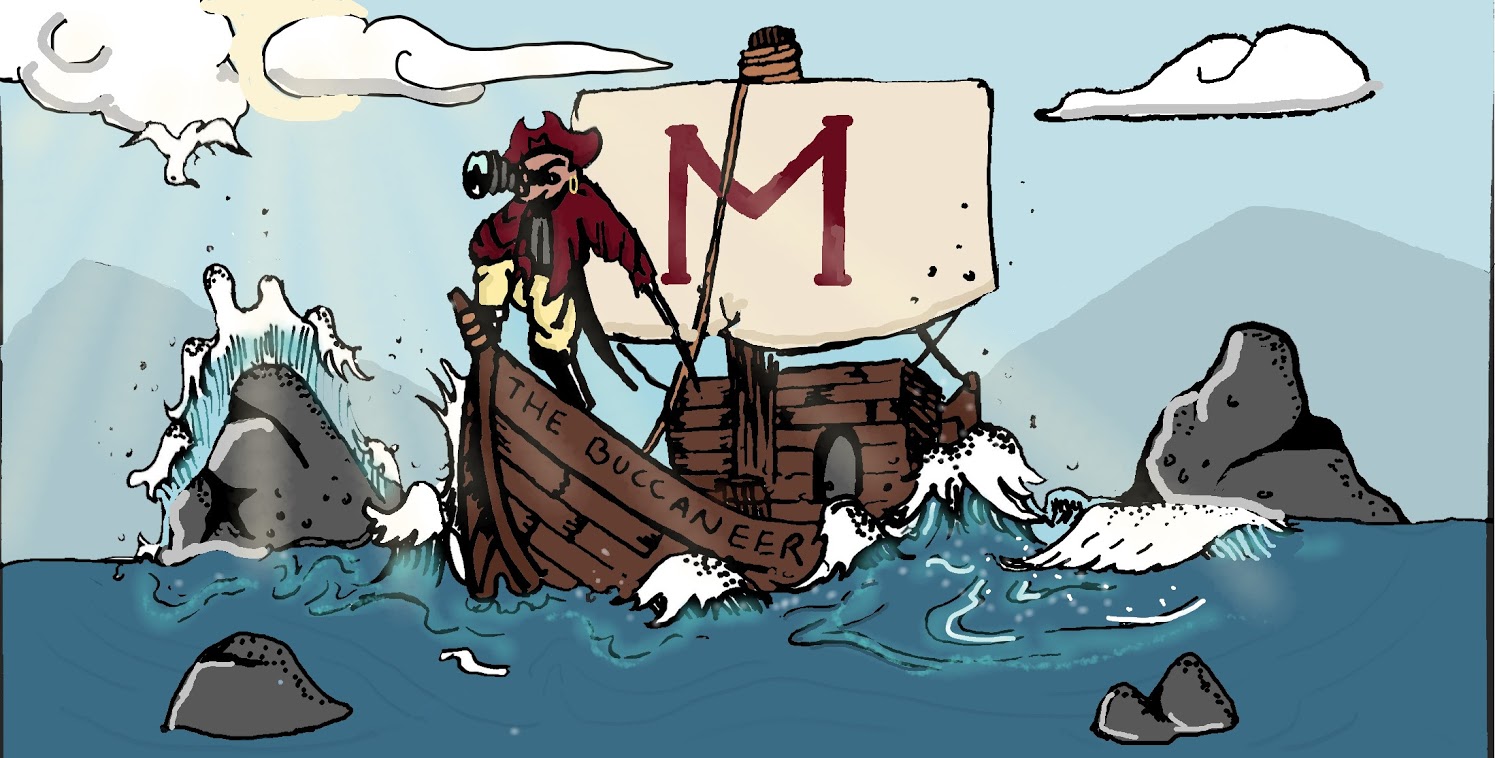Hurricane Season 2020 Impacts Many
December 7, 2020
As if 2020 wasn’t crazy enough, tropical storms have been hitting American coasts harshly. Hurricanes have damaged areas all throughout the Atlantic; they occur most frequently in Florida, Texas, North Carolina, Louisiana, South Carolina, Alabama, Georgia, Mississippi, New York, and Massachusetts.
Hurricanes are formed when warm, moist air over the water rises and is replaced by cooler air, and the cooler warms and rises. When there is enough warm water, the cycle will continue and storm clouds and wind speeds will grow, causing a hurricane to form. So far, there have been 25 named systems this season, and 10 have already hit the U.S. Hurricane Zeta is currently striking Louisiana and Mississippi with high winds, heavy rain, and a storm surge. The storm is a Category 2 and made landfall with winds at 110 mph, but weakened to a category 1 storm with winds at 90 mph. The storm is moving into southeastern Mississippi rapidly at 25 mph. 2020 is turning out to be one of the worst hurricane seasons in the last 170 years.
While May has been the least active month, September has been the most active month. In the Northern Atlantic Ocean, hurricane season starts on June 1st and lasts until November 30th. The peak of hurricane activity occurs around September 10th each season. The National Oceanic and Atmospheric Administration’s initial forecast predicts that there will be a 60% chance of an “above normal” season. This means that there will be up to 13-19 tropical storms, and of those storms, some will turn into hurricanes and major hurricanes. Nine named storms have made landfall in the U.S. this season, and four of the nine storms were hurricanes. 2020 has been a record breaking year for hurricanes. Some of the storm names this year are Tropical Storm Arthur, Bertha, Cristobal, Dolly, Edouard, Fay, Gonzalo, Hurricane Hanna, and more. Florida has been hit with 11 of the 36 hurricanes, making it the state that has been hit the hardest. Following Florida, is North Carolina with seven hurricanes. Hurricanes have had a major effect on many states.
First, hurricanes affect people’s lives because of all the damage that they produce. For example, winds can damage houses and any outdoor property. Winds tend to knock down trees and damage electric poles, which causes people to lose power in their houses. Losing power leads to people throwing out tons of food. There would also be no air conditioning or heat, and it makes people’s lives harder than they already are.
As a result of heavy rain, flooding may occur as well, which destroys homes and towns. Every year, there is always flooding and so many people have to rebuild, which means so much money and time have been spent.
Second, animals are strongly impacted by hurricanes. Many animals are killed by hurricanes because of the strong winds that are produced, and their homes are also lost. Animals such as stray dogs and cats, deer, racoons, and squirrels have no shelter and no food, causing them to die or suffer.
Some negative outcomes of hurricanes are storm surges, tornadoes, heavy rainfall, high winds, riptide, and death. When there is a hurricane along the coast, sea levels rise and many people drown.
Although there are many negative aspects of hurricanes, there are also some positive effects, such as breakup of bacteria and red tide, balancing global heat, and replenishment of barrier islands. Hurricanes have killed many people and animals worldwide in the last 50 years than any other natural cataclysm. Every time there is a hurricane, animals and people’s homes are taken away and destroyed.

